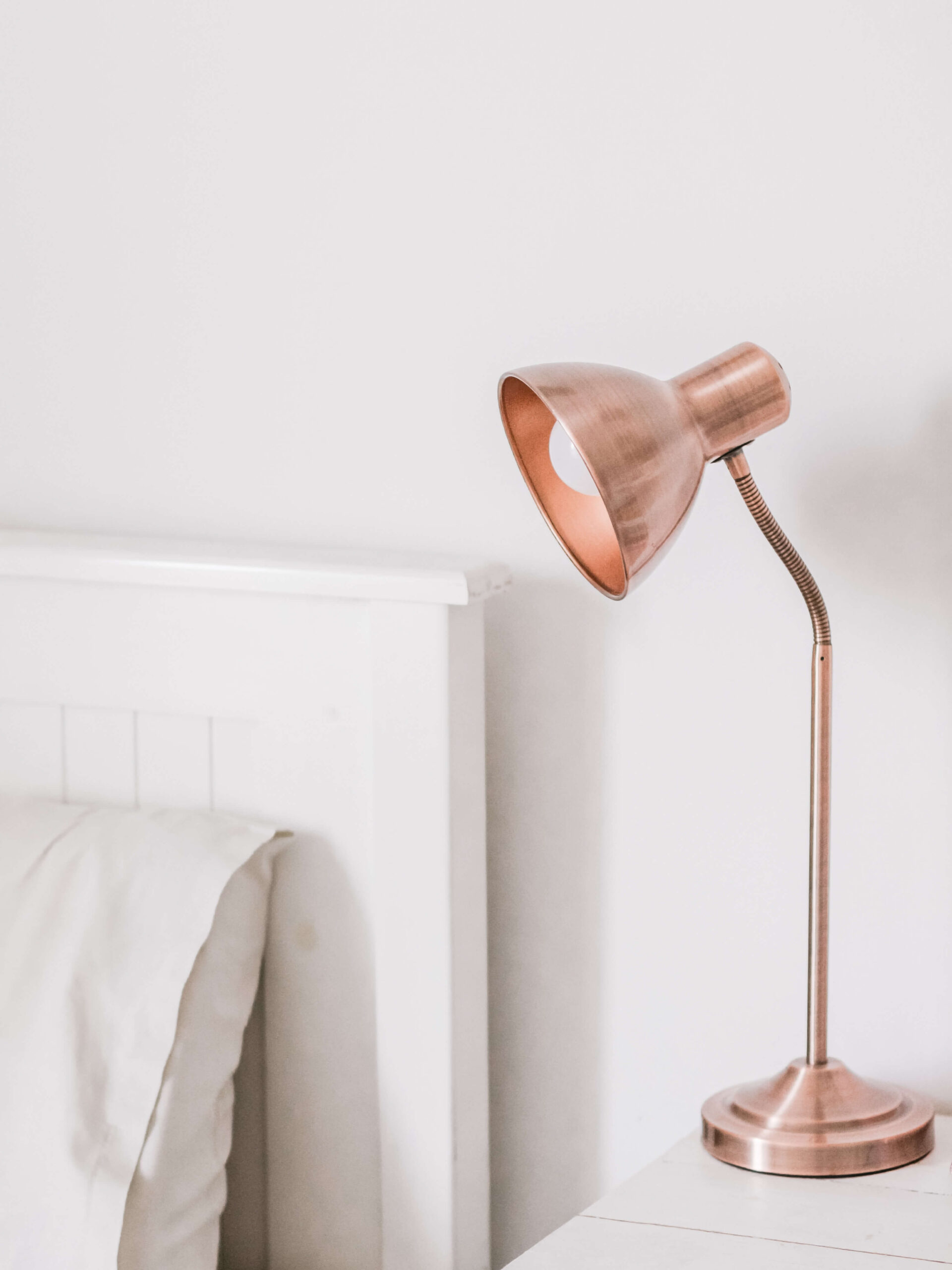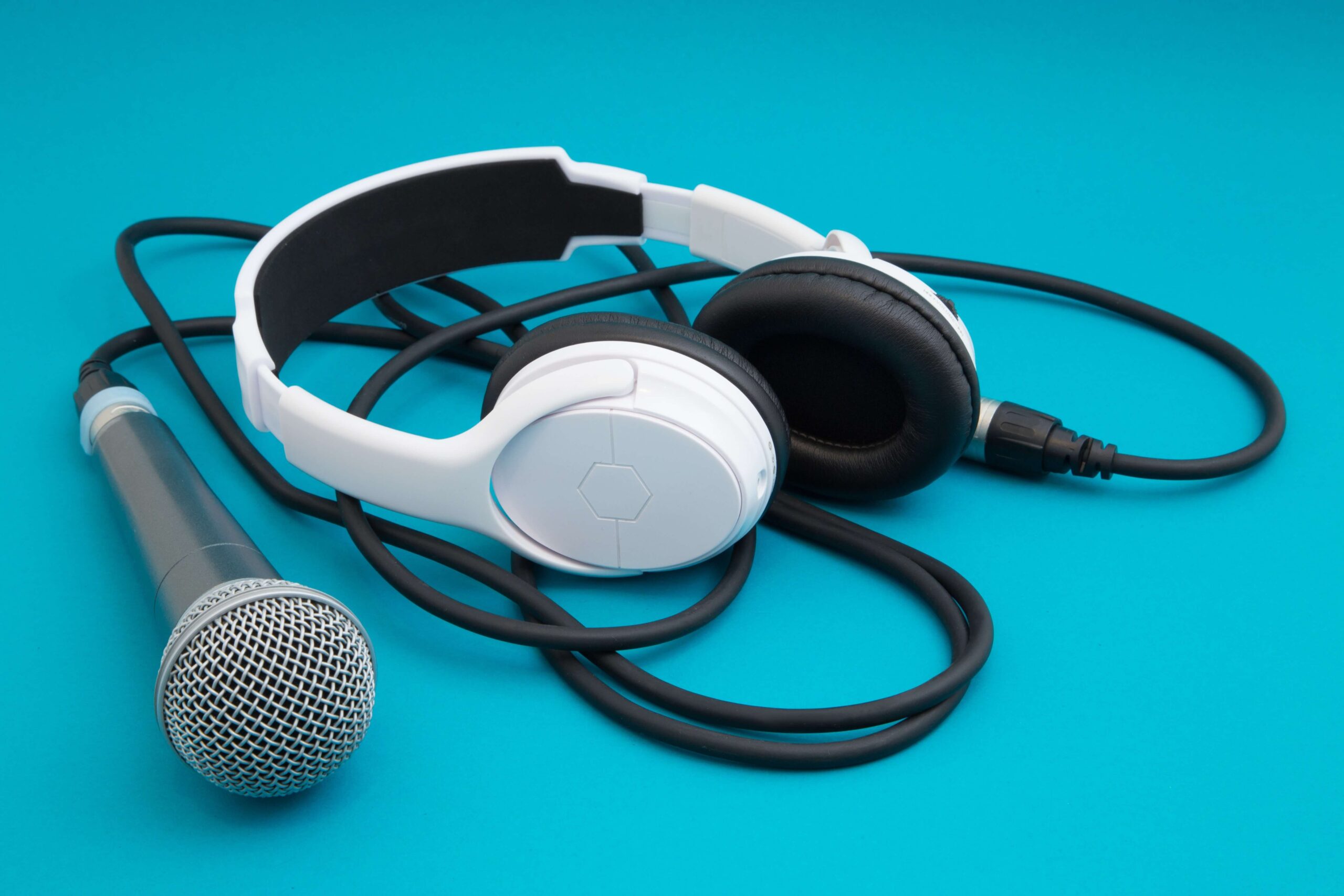Wireless earbuds from Apple, Sony, Bose and other big-name brands may dominate the headlines, but these days you no longer need to spend triple digits to find a quality alternative. If you’re looking to upgrade without breaking the bank, we’ve spent countless hours digging through the bargain bin and reviewing top contenders over the past couple of years. Here are the best budget wireless earbuds we’ve tested thus far.
Table of contents
Best budget wireless earbuds for 2025
Other budget wireless earbuds we tested
Note: This is a selection of noteworthy earbuds we’ve put through their paces, not a comprehensive list of everything we’ve ever tried.
Beats Solo Buds
The $80 Beats Solo Buds are comfortable and long-lasting, with an impressive 18 hours of battery life. But they sound a bit flat and are severely lacking in features. There’s no ANC, wear detection or official water-resistance rating, and the included case can’t wirelessly charge the earbuds on its own. You can read our full Beats Solo Buds review for more details.
JLab Go Pop ANC
The $30 JLab Go Pop ANC is worth a look if you just want a competent pair of wireless earphones for as little money as possible. It’s the cheapest set we’ve tested with active noise cancellation and transparency mode, though neither feature is all that effective. Like the Go Sport+, it also relies on a short USB-C cable tethered to its case to charge. But it actually sounds OK for the price: not particularly wide or detailed, but not harsh either, with decent energy and bass punch. The tiny earpieces fit snugly and isolate a good chunk of background noise passively. They’re also IP55-rated, while the case is similarly compact. There’s no auto-pausing, but you can connect to two devices at once, the touch controls work well and JLab’s app makes it easy to adjust settings. Battery life is alright at six to seven hours, too, though this is another one that’ll get wrecked by the wind if you take a call outside.
The JLab Go Pop+ is another option here. It gives up the ANC, IP55 rating and multipoint connectivity, but it costs $5 less and has longer battery life.
EarFun Air Pro 4
We liked what we heard from the EarFun Air Pro 4 for about a day or so — then one earbud broke, apparently deciding that it would only play at an extremely low volume from that point on. We’ve seen a few users report the same issue, while others have noted problems with crackling sounds coming out of single earpieces. This pair has received heaps of praise from other outlets, and we generally liked its predecessor, so we’ll try to get a replacement set for our next update. Until then, we can’t recommend something that died before we could finish testing it.
EarFun Free Pro 3
The EarFun Free Pro 3 are totally solid, but the Space A40 gets you superior ANC, longer battery life and a more comfortable design for a lower price these days.
EarFun Air 2
Along those lines, the EarFun Air 2 are a good alternative to EarFun’s Free 2S if you’re partial an AirPods-style stem design, but they cost $10 more and aren’t significantly better.
Baseus Bowie MA10
The Baseus Bowie MA10 are saddled with a ginormous charging case, a sloppy app and bulky earpieces that we found uncomfortable to wear over time.
Baseus Eli Sport 1
The Baseus Eli Sport 1 have a fully open design that wraps around the ear and rests outside of your ear canal entirely. That’s nice for staying alert to the outside world, but it’s less so for getting the most detail out of your music. This is another pair with an oversized case, too.
OnePlus Buds 3
The OnePlus Buds 3 have an excited sound and a stylish design in the same vein as the Soundcore Liberty 4 NC, and their mic is a bit clearer for phone calls. They fall short of Anker’s pair when it comes to noise cancellation and battery life, however.
Skullcandy Dime 3
The Skullcandy Dime 3 deliver a surprisingly neutral sound profile for their dirt-cheap price, so they’re worth considering over the JLab Go Pop ANC if you see them in the $25 range. Like that pair, they can also connect to two devices simultaneously. But their overall battery life is a bit shorter, their call quality is poor and their physical controls are both unintuitive and uncomfortable, since they lead you to push the buds deeper into your ear canals.
Skullcandy Smokin’ Buds
The Skullcandy Smokin’ Buds are another ultra-budget option with a sick name, bro, but they sound harsher in the treble than the JLab Go Pop ANC and offer worse battery life through their charging case. This pair does use tap-based controls, but they can be finicky, and they still aren’t the most straightforward things to operate.
Best budget wireless earbuds: FAQs
What are the biggest differences between cheaper earbuds and more premium models?
A higher price does not guarantee higher quality. We’d take a pair like the Anker Soundcore Space A40 over many alternatives priced well over $100. Broadly speaking, though, the pricier components used by the best wireless earbuds let them put out a more detailed and versatile sound, more powerful active noise cancellation and a more complete list of features like multipoint connectivity, faster pairing, wear detection or wireless charging. They generally feel less flimsy in the hand, and their companion software tends to be less buggy. Battery life may be longer as well. But you have to look at these things on a case-by-case basis: Some earbuds justify their cost, others very much do not.
Can you improve the sound of budget wireless earbuds?
Evaluating audio quality is always subjective to some extent — what I find “bloated,” you may consider “fun” or “lively.” In general, if a set of earbuds is tuned poorly or built with cheap materials, you can’t magically fix that. However, most new pairs allow you to adjust their EQ curve through software, so you can sculpt the frequency ranges in a way that better suits your tastes, at least somewhat. Also, remember that fit is king: If your in-ear headphones aren’t sealed tight enough, they’ll inevitably sound less detailed, with weaker bass response and worse isolation from outside noise. Consider trying different ear tips in that case.
Can cheap earbuds sound as good as AirPods?
A few can, sure! I’d take the top-end AirPods Pro 2 over any of the top picks in this guide, but they are far from unassailable. Meanwhile, the AirPods 4‘s unsealed design prevents them from pumping out truly deep bass, and I find them to sound a bit veiled in the treble. (They’re still a level above the open-back Amazon Echo Buds, though.) The big appeal with AirPods is how tightly they integrate with other Apple devices: You open them with an iPhone and they just work. No other earbuds can replicate that, cheap or otherwise, because Apple uses proprietary tech that prevents competitors from offering the same features. Again, price and advertising budget has little to do with how good a set of earbuds is. (This is a silly question, but we know some casual buyers will inevitably ask it.)
Recent updates
April 2025: The JLab Go Sport+ replaces the older JLab Go Air Sport as our “best for workouts” pick. We’ve also added testing notes on the EarFun Air Pro 4 and JLab Go Pop ANC, removing our blurbs for their predecessors along the way.
December 2024: We’ve lightly edited this guide for clarity and moved the aging JLab Go Air Pop and EarFun Air Pro 3 from honorable mentions to our “others we tested” section.
September 2024: We’ve added notes on a handful of other budget wireless earbuds that we’ve tested but fall short of our top picks, which remain unchanged.
June 2024: We’ve checked this guide to ensure that all of our picks are still in stock. Accordingly, we’ve removed the Nothing Ear Stick as an honorable mention, as it no longer appears to be available — though it remains a decent option if you do see it and want an unsealed alternative to the Amazon Echo Buds. We’re also still in the process of testing several other sub-$100 Bluetooth earbuds for a future update.
This article originally appeared on Engadget at https://www.engadget.com/audio/headphones/best-budget-wireless-earbuds-130028735.html?src=rss
Source link







